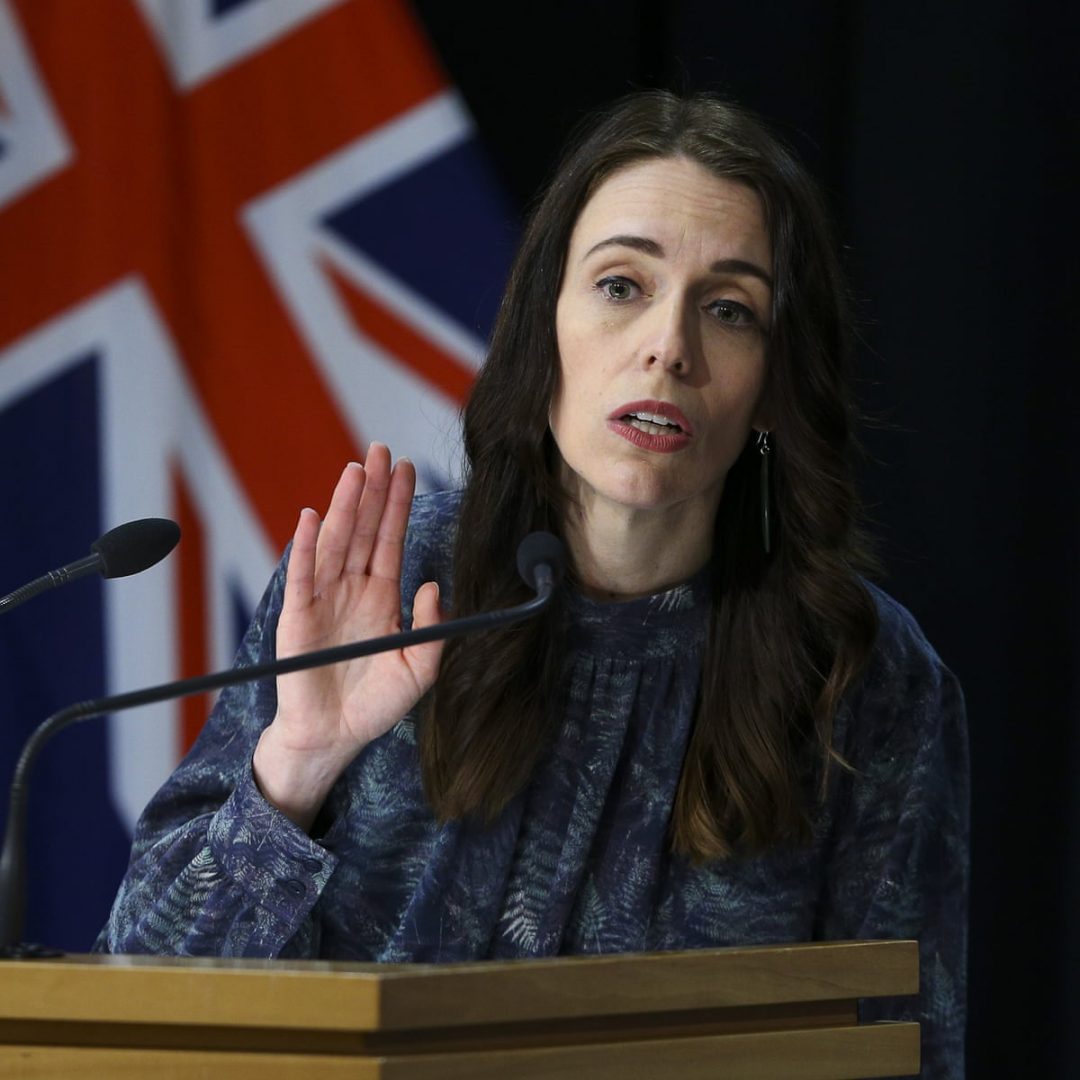Te Pāti Māori đang chỉ trích tuyên bố của chính phủ rằng yêu cầu các hội đồng địa phương hỏi cư dân về các phường Māori là dân chủ. Một nghị sĩ của đảng đã cáo buộc các nghị sĩ chính phủ gốc Māori đã “nội tâm hóa” phân biệt chủng tộc đối với nền văn hóa của chính họ.
Vào thứ ba, Dự luật sửa đổi chính quyền địa phương của chính phủ liên minh đã được thông qua. Luật này yêu cầu các hội đồng thành lập các phường Māori mà không bỏ phiếu người dân địa phương phải tổ chức bỏ phiếu hoặc loại bỏ các phường.
Bộ trưởng Chính quyền địa phương Simeon Brown nói rằng chính phủ Lao động trước đây đã thực hiện “những thay đổi gây chia rẽ” làm mất đi tiếng nói của cộng đồng về việc thành lập các phường Māori, mà ông tuyên bố đã làm suy yếu nền dân chủ. Ông nói rằng hôm nay là một “ngày tuyệt vời cho nền dân chủ địa phương”.
Tuy nhiên, nghị sĩ Te Pāti Māori Mariameno Kapa-Kingi lập luận rằng chính phủ chỉ ủng hộ dân chủ khi thuận tiện cho họ. Bà đặt câu hỏi tại sao các hội đồng nông thôn không bị thách thức, cho thấy sự không nhất quán trong định nghĩa dân chủ của chính phủ.
Đảng Lao động trước đó đã chấm dứt sự cần thiết của một cuộc trưng cầu dân ý về các phường Māori, cho rằng các phường khác, như các phường nông thôn, không yêu cầu bỏ phiếu. Lãnh đạo Lao động Chris Hipkins chỉ trích luật mới, nói rằng nó đối xử với người Māori khác biệt so với những người không phải là người Māori và tuyên bố mọi người nên được đối xử bình đẳng.
Hipkins phủ nhận rằng người Māori có “phiếu bổ sung” trong các phường của họ, nói rằng mọi người vẫn chỉ nhận được một phiếu trong một phường Māori hoặc một phường chung.
Dự luật là một phần của thỏa thuận được thực hiện với các đảng ACT và NZ First, cả hai đều có nghị sĩ Māori bên cạnh National.
Kapa-Kingi nhấn mạnh giá trị của việc đại diện người Māori trong chính quyền địa phương, nói rằng các phường Māori đã hoạt động tốt và có sự hỗ trợ mạnh mẽ của cộng đồng. Nghị sĩ Quốc gia James Meager bảo vệ dự luật, nói rằng Te Pāti Māori tin rằng họ có quan điểm đúng đắn duy nhất về việc trở thành người Māori.
Ông nói rằng tất cả các quan điểm nên được coi trọng, bất kể dân tộc hay xuất thân, và dự luật nên cung cấp cho cộng đồng địa phương tiếng nói trong việc tạo ra các phường Māori.
Kapa-Kingi chỉ trích những bình luận của Meager là bắt nguồn từ “phân biệt chủng tộc nội tâm” và đề cập rằng quan điểm của ông phản ánh sự thoải mái rộng lớn hơn với đặc quyền.
Meager trả lời, nói rằng ông thà tập trung vào các vấn đề quan trọng đối với cử tri của mình hơn là trả lời nhận xét của Kapa-Kingi.






























































